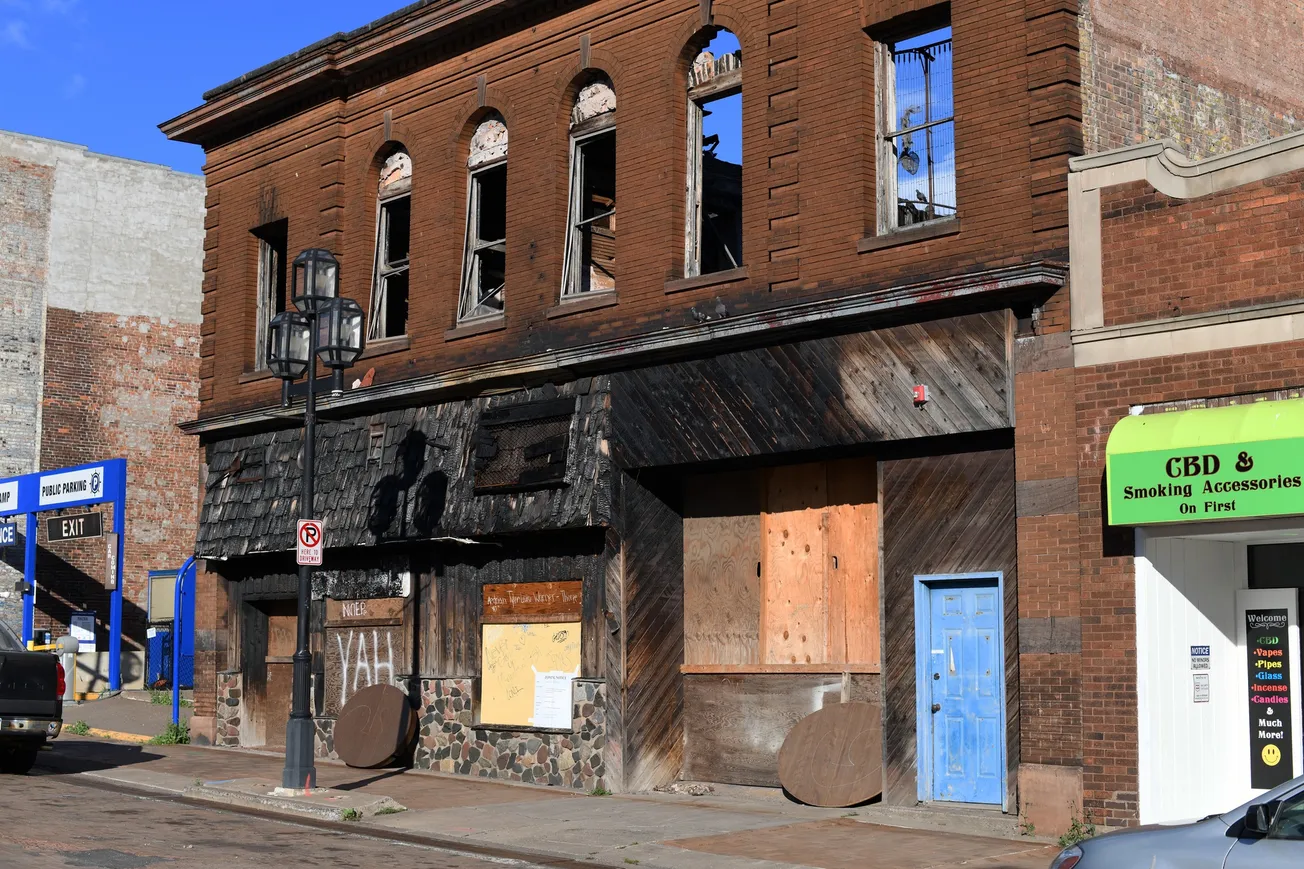Howie: Duluth's billion-dollar hospitals — and the neighborhoods left behind
Duluth’s health care transformation didn’t come free. It was paid for with public subsidies, neighborhood sacrifice, and long-term tax invisibility. The systems at the center of it all proudly proclaim their commitment to the community — even as the community quietly disappears around them.

Latest

Howie: Let's support our hometown Monsters, the best team in the prestigious AF1
“The city of Duluth embraced this team when they were the Duluth Harbor Monsters. Going to all these games — for me to take that away from them would have been selfish.” -- New Minnesota Monsters owner Jacob Lambert
Hermantown Sports Notebook
Hermantown delivered a three-sport statement Friday night, with the Hawks’ boys hockey, boys basketball and girls basketball teams all turning in convincing wins. The Class A top-ranked Hawks hockey team knocked off host Maple Grove 7-4. Defenseman Gabe Swenson had five assists. Bryce Francisco stopped 25 shots in goal for
Michigan, Albany and Washington add players
Several teams across AF1 continued to reshape their rosters Thursday, adding depth through signings at multiple positions. Michigan led the activity, adding four players across offense and defense. The Wolverines signed Joel Blankenship, a 6-foot-1, 250-pound fullback and linebacker from Southern Illinois, and wide receiver Arron Foulkes, a 5-foot-8, 160-pound
Obit: Tim MacDonald
Tim MacDonald, 68, of Duluth – lifelong resident of Lakewood, died peacefully in his home on December 15, 2015. Tim married Sharon (Jones), who he loved endlessly, on July 7th, 1979. Together, they raised two beautiful daughters, Jessica (Bob) and Mandi. Tim and Sharon just moved to their dream home on



